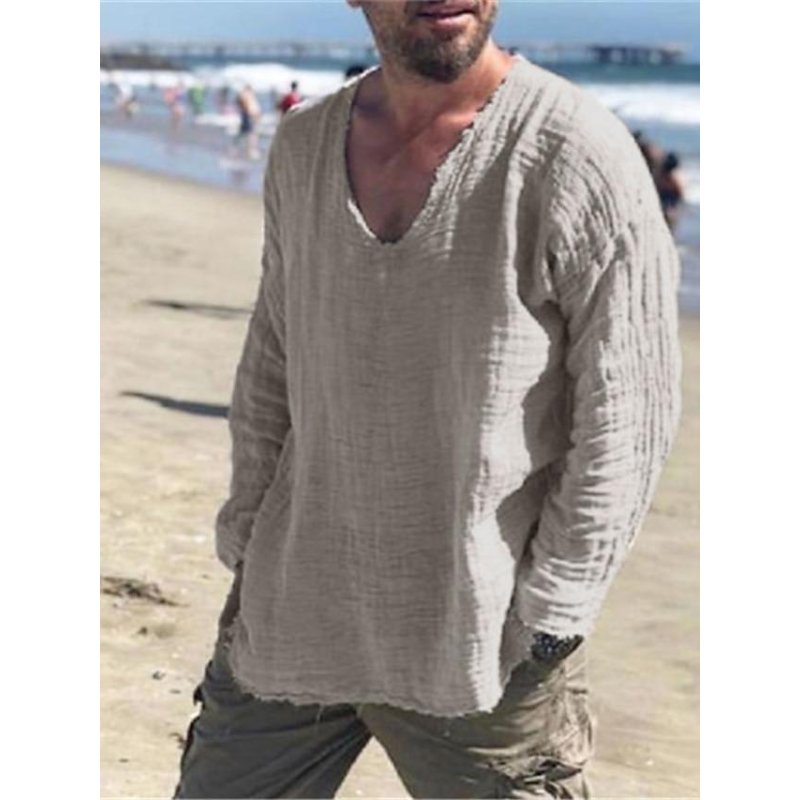Tag: clothing, fashion, society, history, evolution
Since the beginning of human civilization, clothing has played a crucial role in our lives. From providing protection against harsh climates to expressing social status and cultural identity, clothing has evolved along with our society. In this blog post, we will explore the evolution of clothing throughout history and its impact on society.
The earliest form of clothing can be traced back to 100000-50000 BCE when humans began wearing animal skins or plant materials for warmth and protection. As civilizations developed in different parts of the world, various techniques were discovered to create more complex garments using natural resources such as flax fibers and silk cocoons.
In ancient societies such as Egypt, Greece, and Rome, clothing was used as a symbol of social status. The wealthy would wear elaborate robes made from expensive fabrics like silk or linen while commoners wore simpler garments made from cheaper materials such as wool. This distinction between classes continued into medieval times where sumptuary laws were enforced to regulate what people could wear based on their social rank.
During the Renaissance period in Europe (14th -17th century), there was a shift towards more intricate designs and luxurious fabrics like velvet and lace. Clothing became an even more significant indicator of wealth during this time with nobles competing over who had the most extravagant attire.
The industrial revolution brought about significant changes in textile production which led to mass-produced affordable clothing for the masses. People no longer had to make their own clothes but instead could purchase them ready-made at shops or markets.
The 20th century saw drastic changes in fashion trends with designers like Coco Chanel breaking away from traditional styles by introducing comfortable yet stylish designs for women’s wear. With each passing decade came new fashion movements that reflected societal values at that time – mini skirts in the 1960s representing liberation and power suits in the 1980s symbolizing women’s rise in the corporate world.
In recent years, there has been a growing awareness of ethical and sustainable fashion. This movement advocates for clothing that is environmentally friendly and produced under fair labor practices. As consumers become more conscious of their fashion choices, the industry is forced to adapt and change its production processes.
Today, clothing serves not only as a basic necessity but also as a form of self-expression and cultural identity. With social media platforms like Instagram, fashion trends can quickly spread worldwide, making it easier for people to showcase their personal style.
In conclusion, the evolution of clothing has mirrored the changes in our society throughout history. From practicality to social status and now self-expression, our clothes represent much more than just fabric on our bodies. It will be interesting to see how fashion continues to evolve alongside society in the future.

